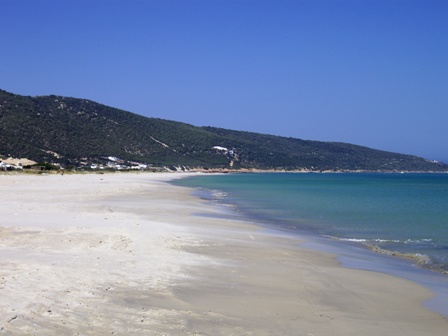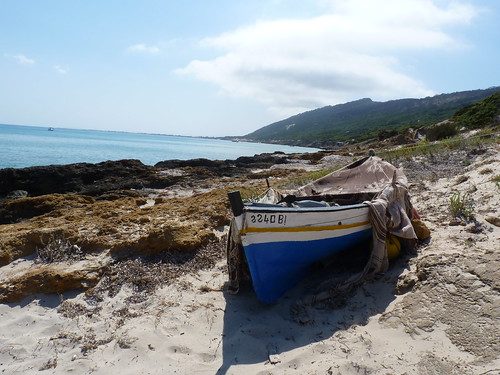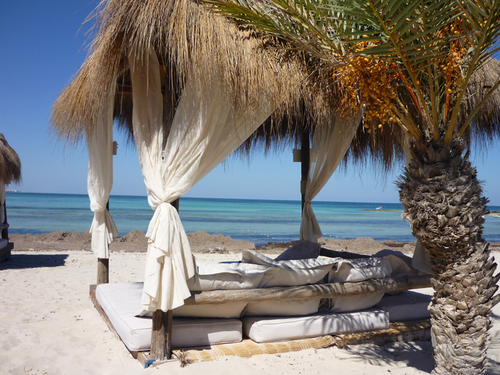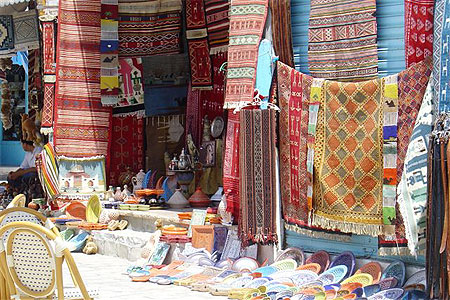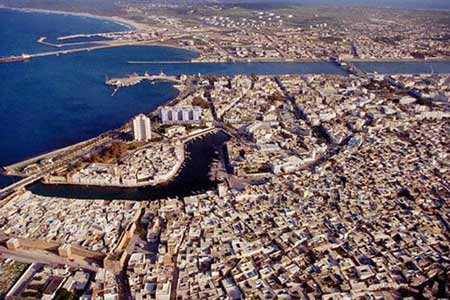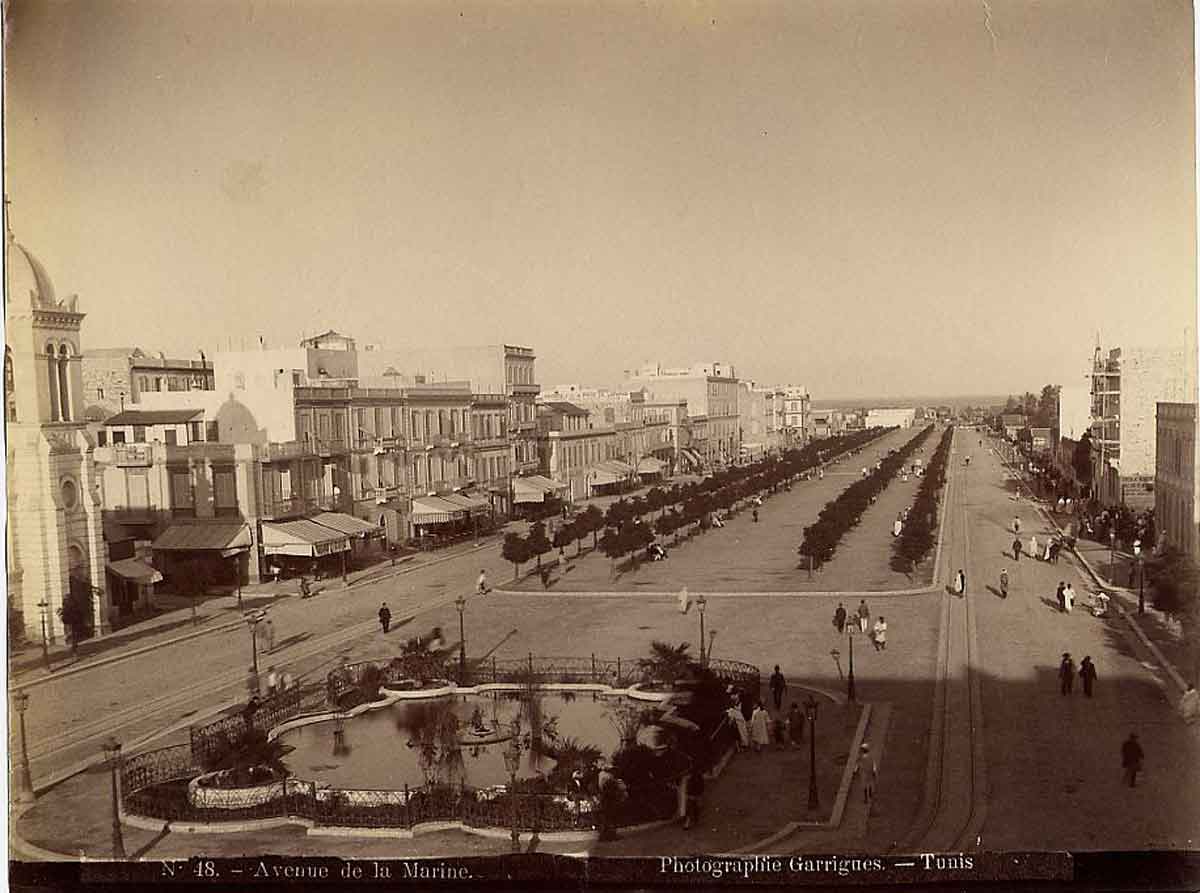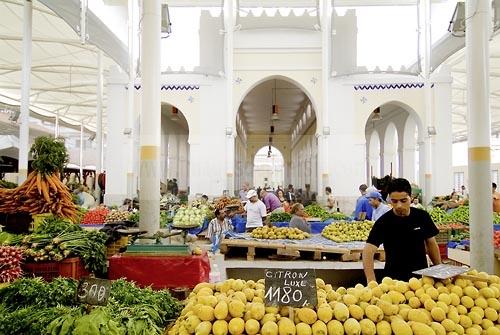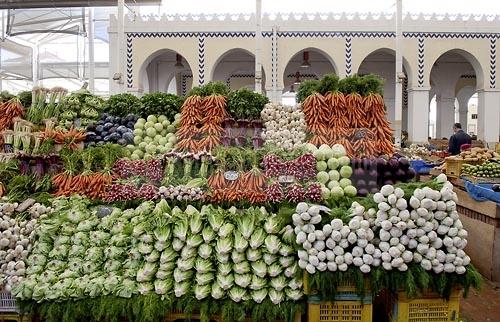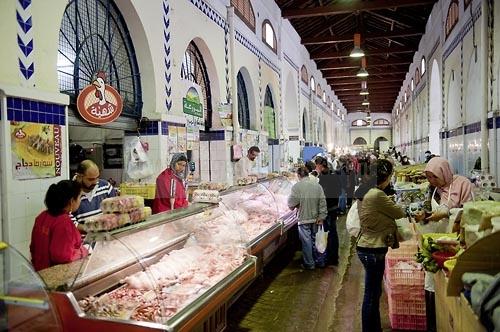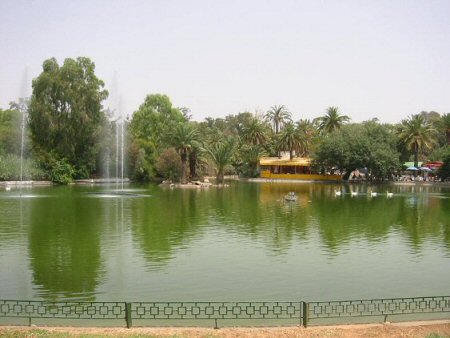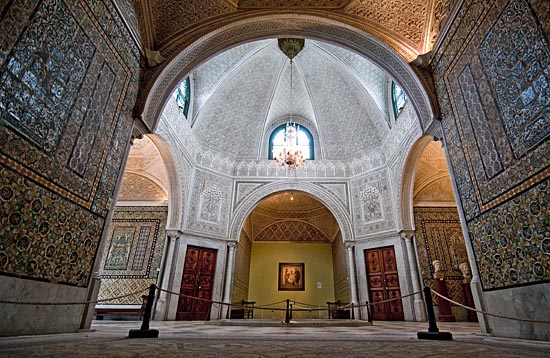Seaport with a rich history, Bizerte has all the charm of a small, traditional and welcoming city. But at the same time it offers modern neighborhoods worthy of a big city and all the necessary infrastructure for a holiday full, in the heart of a green area where a large selection of original routes of discovery awaits you .
The old port, multi-colored boats glide walk cafes and venerable walls of the medina.
In the old town, you have to stroll to discover, random streets, bustling souks and ancient monuments like the Great Mosque. It will visit the Kasbah, a veritable "city within a city" surrounded by ramparts, with its mosque and a whole maze of narrow streets and Ksiba, a small fortress converted oceanographic museum today.
But a few steps away, the atmosphere change is complete: recent quarters have large modern avenues.
The beautiful waterfront avenue we will surely win and breathe the sea breeze, contemplating the great port. And then recall that Bizerte was always a stronghold and a great gateway from Europe to Africa.

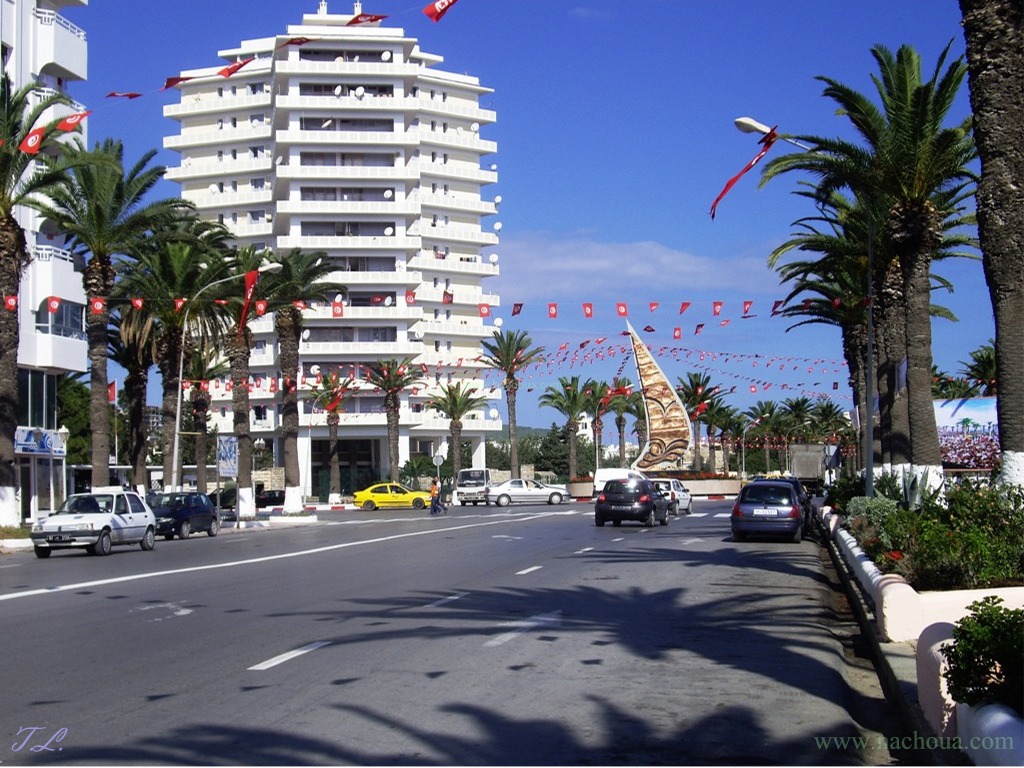

It is the location of the Kasbah, the old princely citadel that stood the ancient city of Hippo. The Carthaginians, then the Byzantines, had already raised the walls. The
Citadel itself, whose walls run along the old port, dates back to the
Middle Ages but has been largely transformed the Turkish period; Then
the city was a major port of corsaires.Bizerte has indeed always been
regarded as a strategic stronghold, because of its proximity to Europe
and its natural harbor (Lake Bizerte) that allowed to maintain ships safe. The
single door of the Kasbah, Bab el-Medina, is a real small fort, while
on the other side of the channel, another fort - the Ksiba - watches
over the harbor entrance. Further,
a large Turkish fortress called Fort of Spain, dominates the "Andalous
district" where Bizerte once welcomed many exiles from Spain. This Turkish presence and marked the Andalusian city of Bizerte.Tunis
nearby but away from the busiest circuits, Bizerte lends itself
perfectly to a relaxing break along its immense sandy beaches. The station now has hotels to modern standards, where everything is provided for the convenience of guests. It also offers all the activities that brighten a seaside holiday with its water sports and its scuba diving center. One can even easily play golf by visiting Tunis, distant only 70 km, with a new highway. Open
and welcoming city while having preserved its traditional atmosphere,
Bizerte can enjoy at once the facilities of the modern city and the
picturesque old quarters. Above all, the resort is in the heart of a region rich in attractions
that will satisfy curious minds of history, nature and traditions.Around
Bizerte offer an enchanting landscape of fields and vegetable crops
carefully ordered "the Andalusian" this land has indeed been highlighted
previously by refugees from Spain. This
is where lies nestled into a hill, the village of Raf-Raf known for its
beautiful beach, for its delicious Muscat grapes and for his
traditional wedding outfits with shimmering embroidery. Further on the tour will extend until Ghar el-Melh, a small peaceful town on the edge of a lagoon.Formerly Ghar el-Melh (also called Porto Farina) was the largest naval base in the Ottoman Tunisia. We
will visit three Turkish forts are in excellent condition and the old
arsenal the arcades facing the port - the former military port, victim
of the silting of the bay and abandoned since the early nineteenth
century, is today a pretty fishing port.
